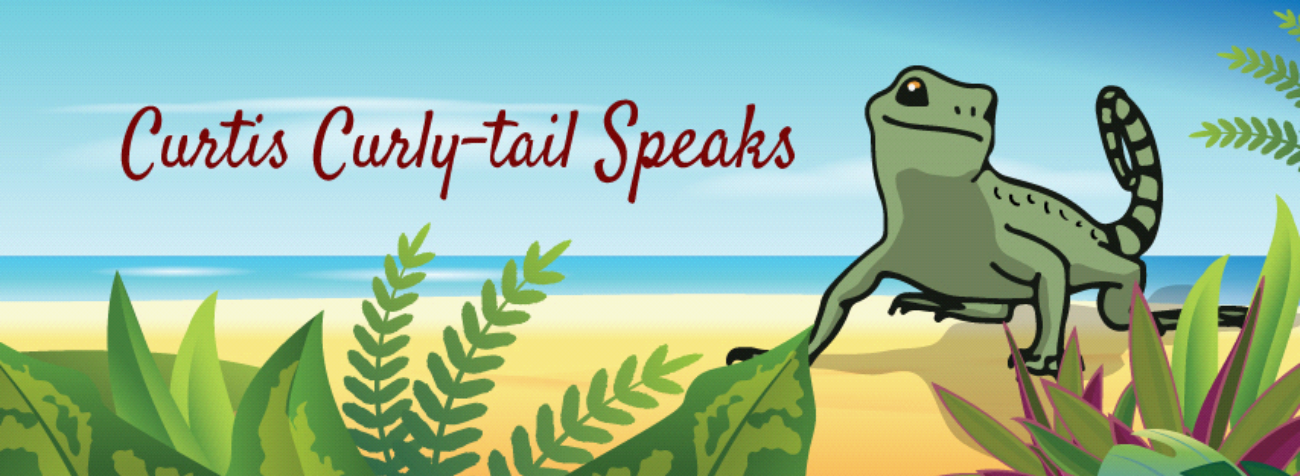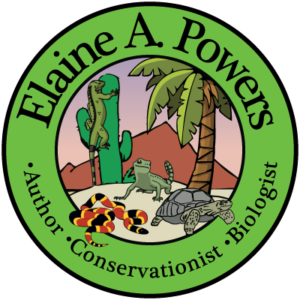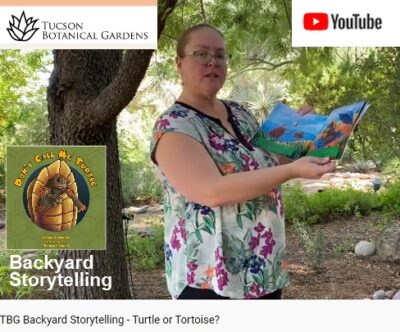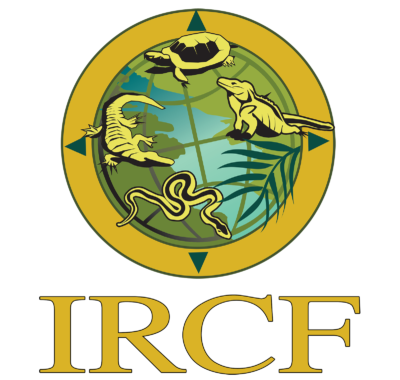Science Vs. Poetry? Why not Science THROUGH Poetry? By Elaine A. Powers, Author
One of our core tenets at Lyric Power Publishing is that science education can be enhanced by using rhyme. The flow and meter of the verses attract and hold the attention of the reader. If the reader is engaged, they hear and absorb the scientific information being offered. Several LLP authors are using poetry to teach science. After all, science should be fun!
Recently, in a poetry critique meeting, one of the participants made interesting comments. He felt that the science slowed down the poetry I had submitted for review, and that the scientific facts should be alluded to, not elucidated. The poem describing ants was unnecessarily factual, he said.
I was surprised. The purpose of LPP’s rhyming picture books, such as the Don’t series, is the presentation of scientific facts. We call this type of rhyming applied poetry. The purpose of applied poetry here is to elucidate scientific facts.
Poetry can be used for a multitude of purposes: to stimulate emotion, to create mental images, and to document history—all very valid. Also valid is using poetry to clarify science, creating a work that is both entertaining and educational. We receive fan mail from parents about their young children reciting or singing stanzas from the Don’t series books, leading us to believe we are onto something here! After all, science should be fun! Just ask Myrtle (the Tortoise) pictured here, who asked me to write Don’t Call Me Turtle! She loves the rhymes as much as the kids do—just as long as no one calls her turtle! That’s what her book is all about—the differences between turtles and tortoises and there are many! You can hear it read by clicking here.
And here is a book review of another science-based, rhyming, picture book by Helen Woodhams that appeared in the Arizona Daily Star:
Review by Helen Woodhams of Don’t Make Me Fly in the Arizona Daily Star:
“What a curious creature the roadrunner is! This iconic desert bird prefers hoofing it to flying, and its footprints are the same backwards as they are forwards. With vibrant illustrations by Nicholas Thorpe, this picture book is jam-packed with scientific facts about roadrunners, delivered in verse form to keep the narrative lively. Roadrunners “…grab their victim/behind its head/And bash it on/the ground until it is dead.” Want to know how to swallow a horned lizard? Keep reading! This is the second offering in the “Don’t” series by Tucson author Elaine A. Powers. The first is “Don’t Call Me Turtle!” “Don’t Make Me Fly!” is recommended for children in grades K-4.”
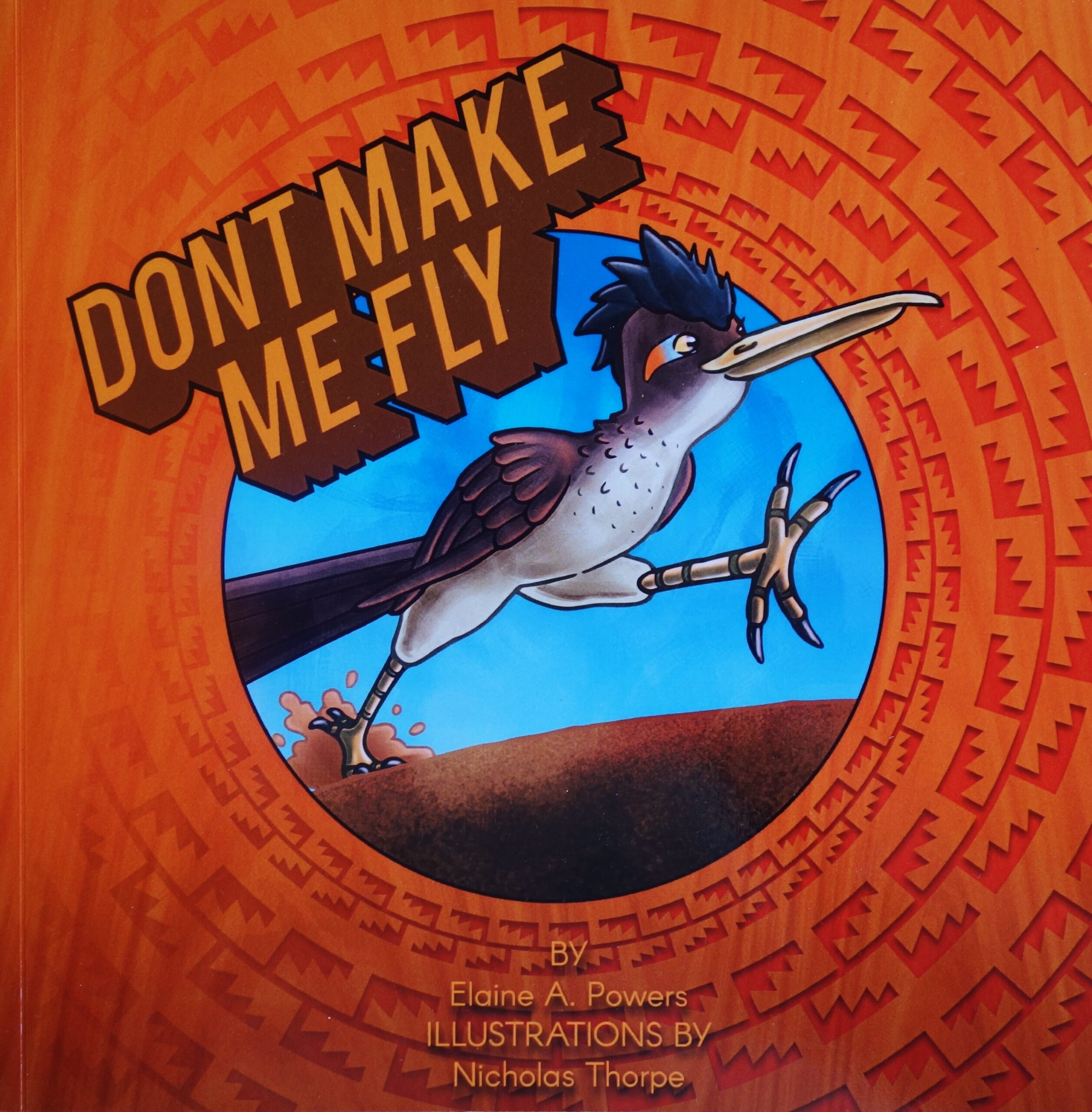
To learn about our latest science-based children’s books and workbooks, to read our latest blog posts about reptiles, birds, cats, and gardening, in a variety of locations, and about how the books come to be, what inspires an author to write, and many more interesting aspects of the publishing business, fill in the box below and we will add you to our email list.
Thank you!
